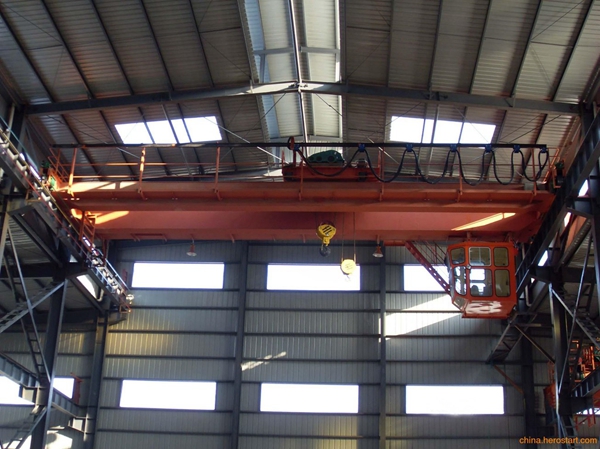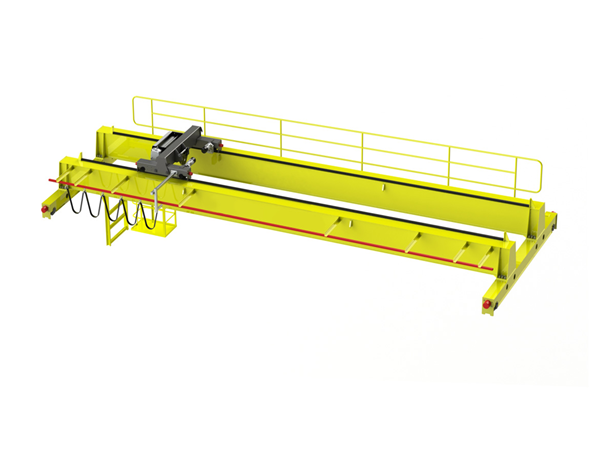Once an overhead crane has been installed in a facility, there are many safety factors to consider. Not only are the people walking below potentially endanger, but also is the operator of the crane. Although these individuals are typically away from the loads that are moved, there is always the possibility that dangerous situations can occur. When this happens, the operator can be injured, even fatally wounded, depending upon the nature of the accident itself. Here are a few of the most common problems associated with overhead cranes, and the safety precautions that need to be taken to ensure that both the operator and workers are as safe as possible.

Overload Problems
This is probably the most common problem associated with cranes of any type. People will often misjudge how much an object weighs. For the sake of production, they may actually move more than one item at a time, and doing so can compromise the entire apparatus. OSHA actually recommends only using up to 80% of its capacity so that there is a bit of wiggle room. By going beyond this point, if there are any flaws in the installation itself, this could lead to the collapse of the crane dropping everything down below, creating a major safety hazard.
Electrical Problems
Most modern cranes are equipped with electric or electronic capabilities. The operator is able to move the controls with their fingers, and in doing so, move the loads to where they need to be. However, if the electronics ever fail, there is always the possibility that the loads could fall, or perhaps not stop in time, leading to potential damage to the merchandise and also injuring workers including the operator. Electrical systems need to be checked on a regular basis, and if there are problems that are detected by electricians that are doing regular maintenance, they should be resolved immediately. When you are working with loads that are this heavy, the slightest problem can be catastrophic, and this is very true when something goes wrong with electric system.

Faulty Construction
Although most of these overhead cranes are properly installed, there is always the possibility that problems could arise. You could find yourself looking at a disastrous situation simply because the welding was not done properly. It is also possible that the girders were not installed using enough support, which could cause everything to collapse. Additionally, the chain or wire cable that is used could break or become frayed, and this could lead to safety issues that could cause some damage.
As long as an inspector is able to check the overhead crane once it is installed, and you regular inspections to maintain safety levels, there should never be a problem. However, if you are ever in a situation where any of these problems occur, the operator will need to utilize all of the safety training that they had to go through before operating the crane, enabling them to stay as safe as possible.